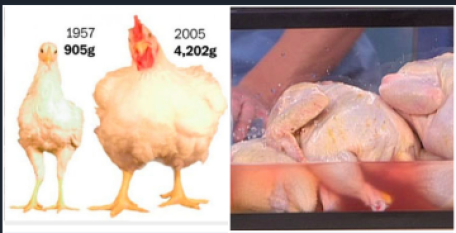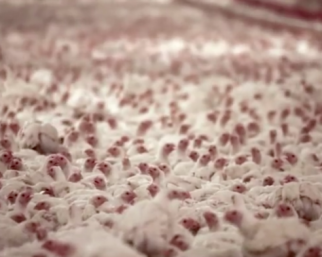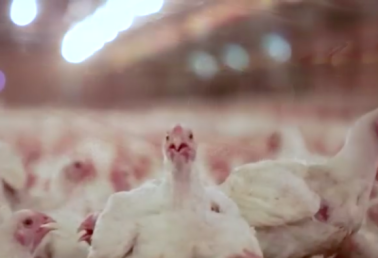. . Chicken is one the most consumed meats from young generations. It’s really not important where it is, people just love to find it everywhere like in a salad, snack or soup. Whatever you put on a chicken like spices or sauces, it is still delicious and it can be tastier than other types […]
.

.
Chicken is one the most consumed meats from young generations. It’s really not important where it is, people just love to find it everywhere like in a salad, snack or soup.
Whatever you put on a chicken like spices or sauces, it is still delicious and it can be tastier than other types of meat.
Considering that white meat has fewer calories or fat than red meat, its consumption rate is growing on daily basis. Many people who suffer from cholesterol or weight gain should consume a white meat like chicken.
The other thing that makes people eat more chicken is that it is less expensive than beef.
But, before consuming the chicken it’s important to know if it is safe enough to be consumed.
.
According to a new testimony, US Chickens need to be washed with Chlorine.
.

.
UK lawmakers aren’t taking kindly to the idea of America’s horrific factory farming practices trickling into their country. A massive Cabinet dispute unfolded after it was revealed that chlorine-washed chickens from America would be sold in British stores.
And soon after, matters worsened as the gut-wrenching conditions were exposed by whistleblowers. (scroll down for videos)
According to one source, the systemic animal suffering was so grueling that farmers themselves began speaking out on how:
“Tens of thousands of super-sized ‘Frankenstein’ birds are crammed in vast warehouses.
“The chickens, which weigh up to 9lb, often buckle under their weight and must live without natural sunlight.
“Chickens frequently die before they reach maturity and many are left covered in their own faeces, turning warehouses into vile breeding grounds for disease.”
Indeed, warehouse conditions were so horrific that a cycle of suffering, death, and decay was inevitable. Oversized chickens—breasts enlarged to meet consumer demand—weighed so much that their tiny legs could not hold them up.

Unable to walk, many are left to simply die, rotting away in a sea of chickens that eventually make their way to consumers’ plates.
One farmer, Craig Watts, 51, from North Carolina, said that the birds “…spend 95 per cent of their time sitting on the litter, a mixture of pine shavings and faecal matter from that flock and prior flocks.”
“Their flesh would rot,”he added, “and when you have them crammed in so tight, they will walk over other birds if they want to get to the food or scratch the others and cause a wound. It is awful.”
Differences in regulations between the UK and America mean that the former have no limit on ammonia levels inside facilities, meaning feces and urine can accumulate excessively.
Due to the filthy conditions the poultry is raised in, chlorine-washing them is unavoidable—but naturally presents concerns about chemical poisoning for humans consuming the products.
But advocates for the process insist it is perfectly safe for human consumption.
Jim Sumner of the US Poultry & Egg Export Council described chlorine-washing as “extra safe” and that “something these [animal welfare] organizations do no have a thorough understanding of the process or scientific facts.”
Similarly, Tom Super of the US National Chicken Council says that the chlorine “makes the chicken safe. It is not present in the final product, it poses zero health risk.”
The mere fact that the industry has to resort to such potent chemicals to serve edible poultry suggests more than enough about its poor practices.
“The fact we have to wash our food in chlorine to make it safe indicates that we are not doing farming right in the first place,” said Leah Garces from the Global Animal Partnership, “It indicates how unhealthy we are raising our birds.”
You Can Watch The Disturbing Chicken Farm Conditions Here:
https://youtu.be/YE9l94b3x9U
.





